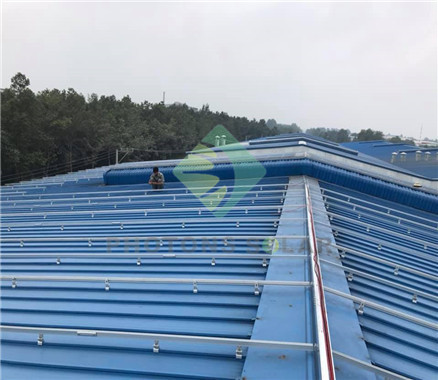Understanding the Essential Cables Used for Solar Panels
Release time:
2025-04-29
Source:
One of the most commonly used cables for solar panels is the **photovoltaic (PV) cable**. This type of cable is specifically designed to withstand the harsh environmental conditions that solar installations face, including UV radiation, extreme temperatures, and moisture. PV cables are usually made of highly flexible materials, allowing for easier installation around tight corners and structures. They also typically have a cross-linked polyethylene (XLPE) insulation, providing excellent resistance to weathering and abrasion.
Another important type of cable in solar setups is the **AC cable**. After the solar panels generate DC electricity, the current is sent to an inverter, which converts it to AC electricity for use in your home. AC cables can handle the voltage and current levels produced by inverters, ensuring safe and efficient energy transmission.
It's also crucial to consider the **gauge** of the cable used. The gauge refers to the thickness of the wire, which affects its ability to carry current. A thicker wire (lower gauge number) can handle more current and reduce energy loss due to resistance. On the other hand, a thinner wire may be cheaper and easier to handle but can lead to inefficiencies and potential overheating if not correctly rated for the system's requirements.
In addition to cable types, the **installation methods** and **environmental factors** also play essential roles. For outdoor installations, cables should be rated for direct burial or have proper conduit protection to avoid damage from moisture or pests. For rooftop installations, cables often need to be secured correctly to prevent wind damage and to ensure safety.
Using the appropriate cables for solar panel systems not only enhances performance but also ensures compliance with local electrical codes and regulations. It is always advisable to consult with a professional electrician or solar installer to ensure the selected cables meet the specific voltage, current ratings, and environmental needs of your solar panel system.
In conclusion, understanding the different types of cables used for solar panels—such as PV cables, AC cables, and their respective gauges—can lead to a more efficient, safe, and reliable solar energy system. By choosing the right cables, you can maximize your solar investment and contribute to a greener future.
What type of cable is used for solar panels
Related News
2025-04-29 09:40
Understanding the Essential Cables Used for Solar Panels
When it comes to solar panel installations, the type of cable used is a critical component that can significantly impact the system's performance and safety. Solar panels generate electricity, but this power needs to be efficiently transmitted to the inverter and eventually to your home or grid. Therefore, selecting the right cables is essential. One of the most commonly used cables for solar pane
2025-04-26 09:40
The Ultimate Guide to Choosing Metal Roof Clamps for Solar Panels
The Ultimate Guide to Choosing Metal Roof Clamps for Solar Panels Solar panels are increasingly becoming integral to modern energy solutions, providing a sustainable way to harness renewable energy. However, the effectiveness and safety of solar panels depend significantly on the quality of the mounting components, particularly metal roof clamps. This guide offers a detailed exploration of how to







